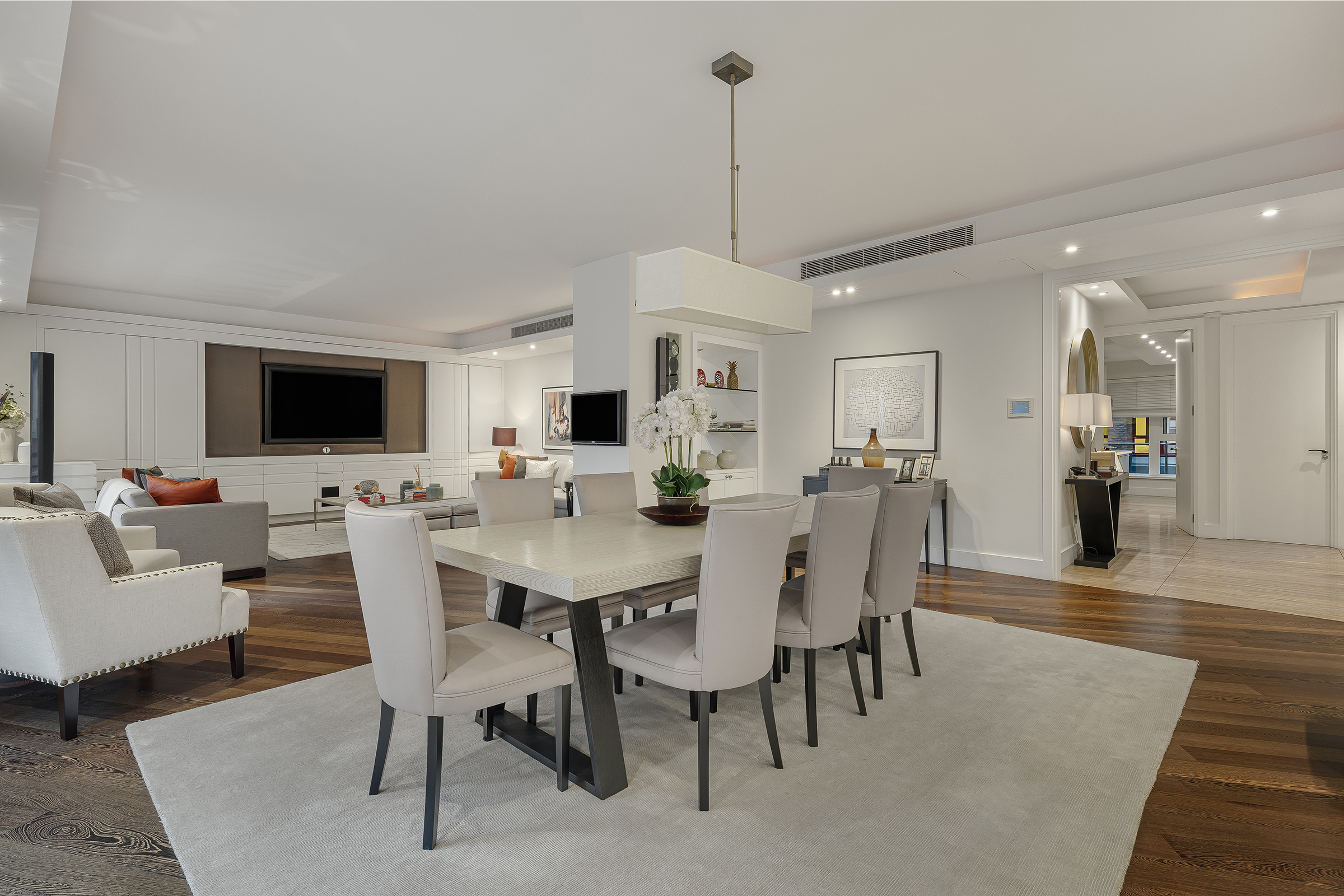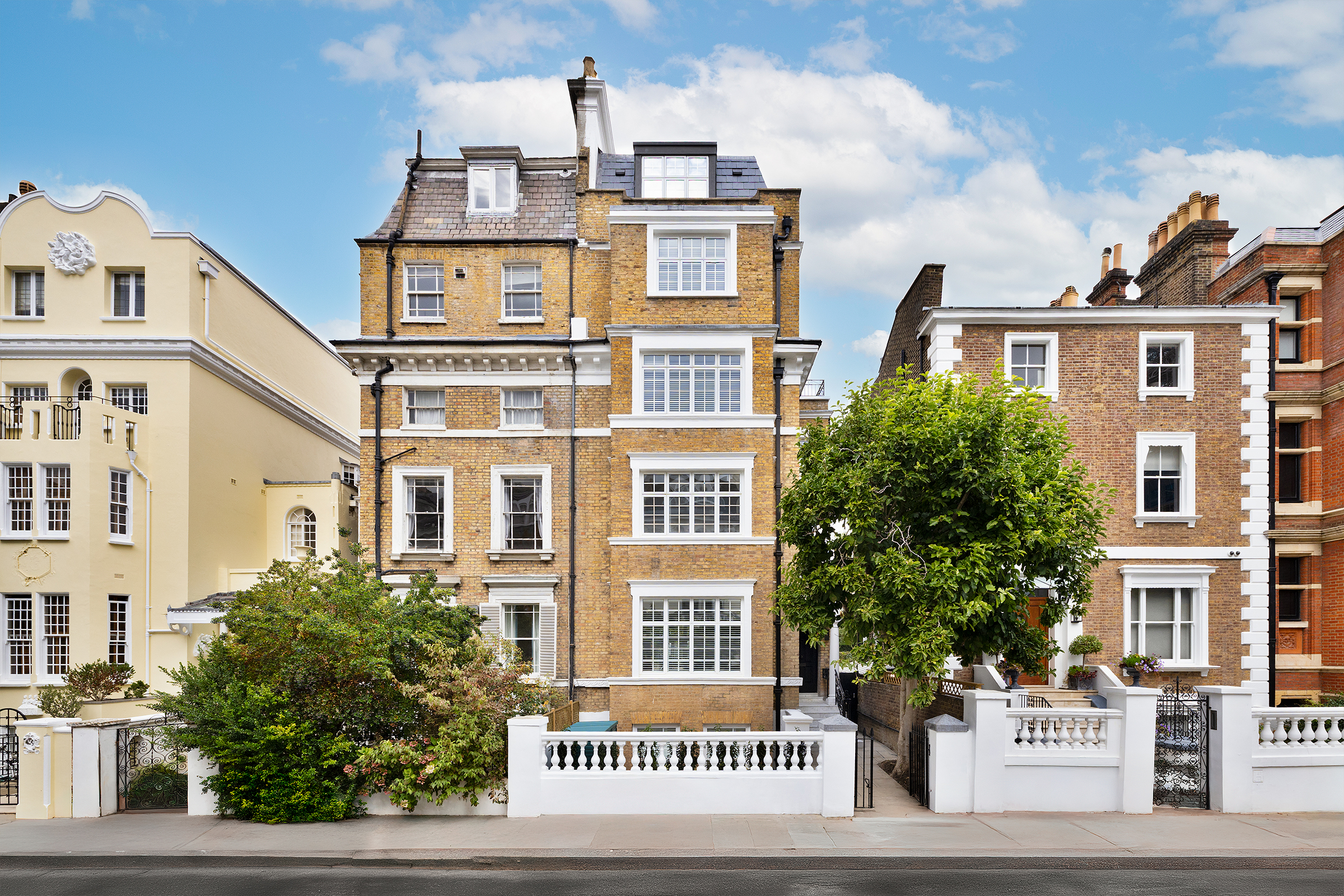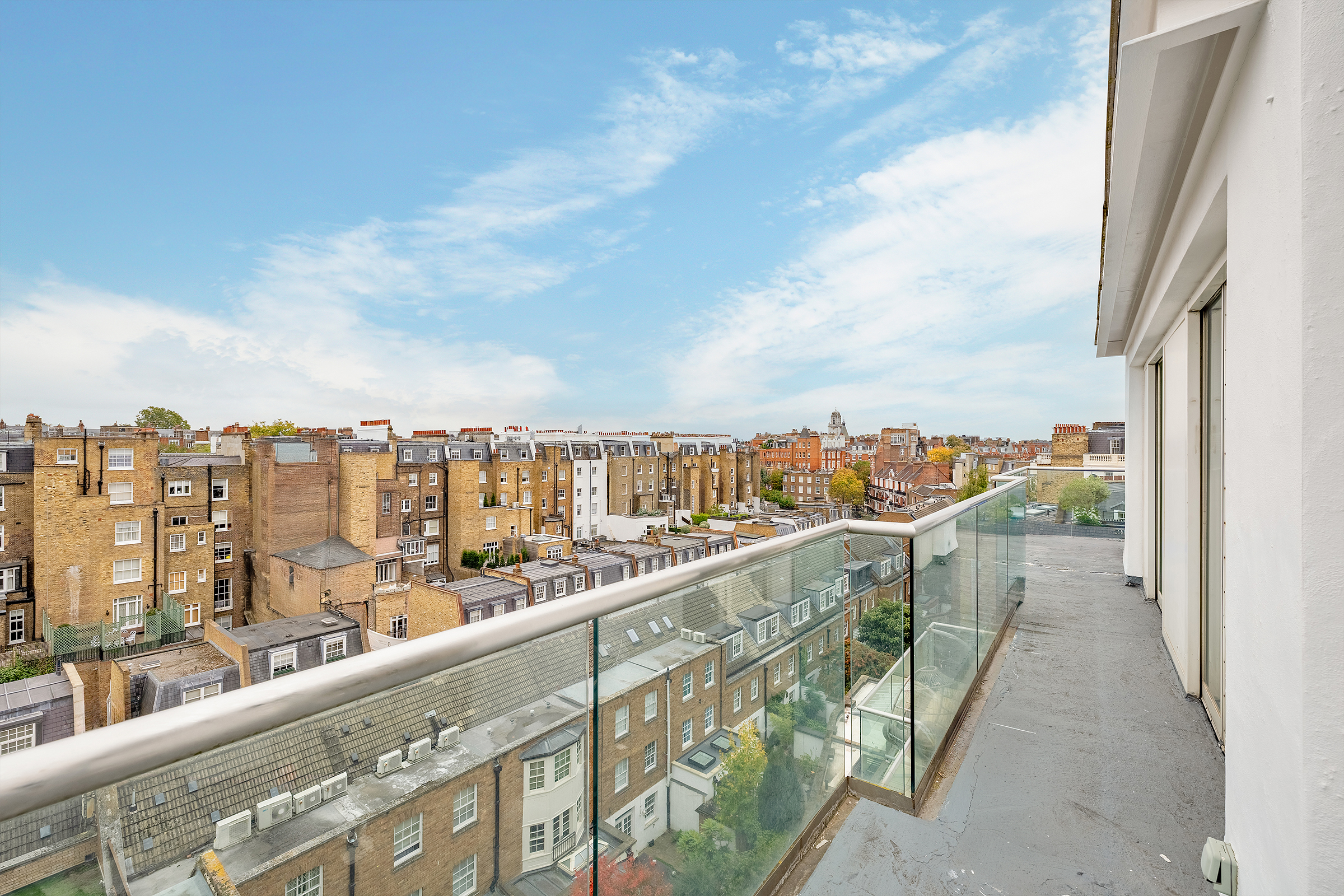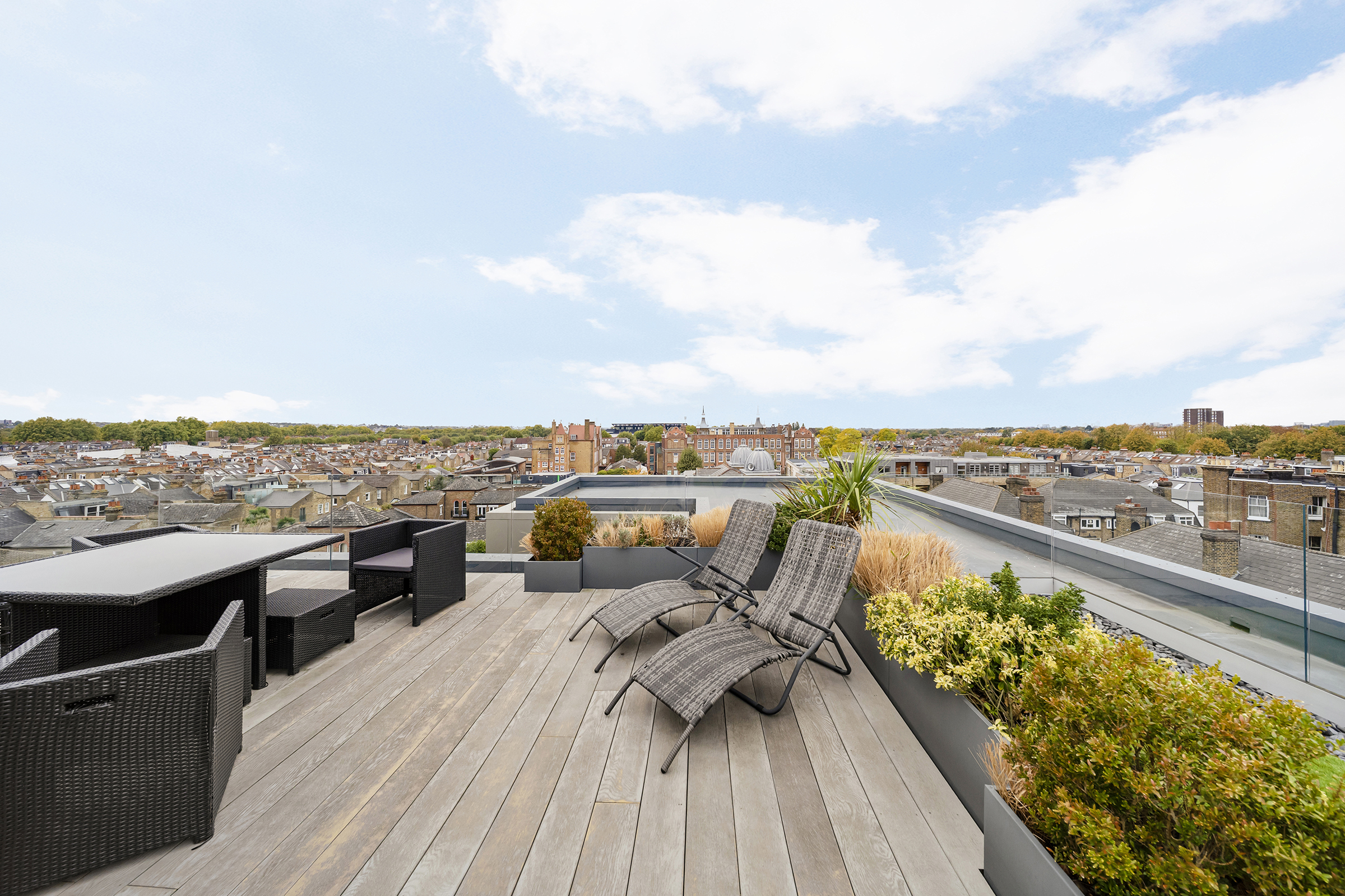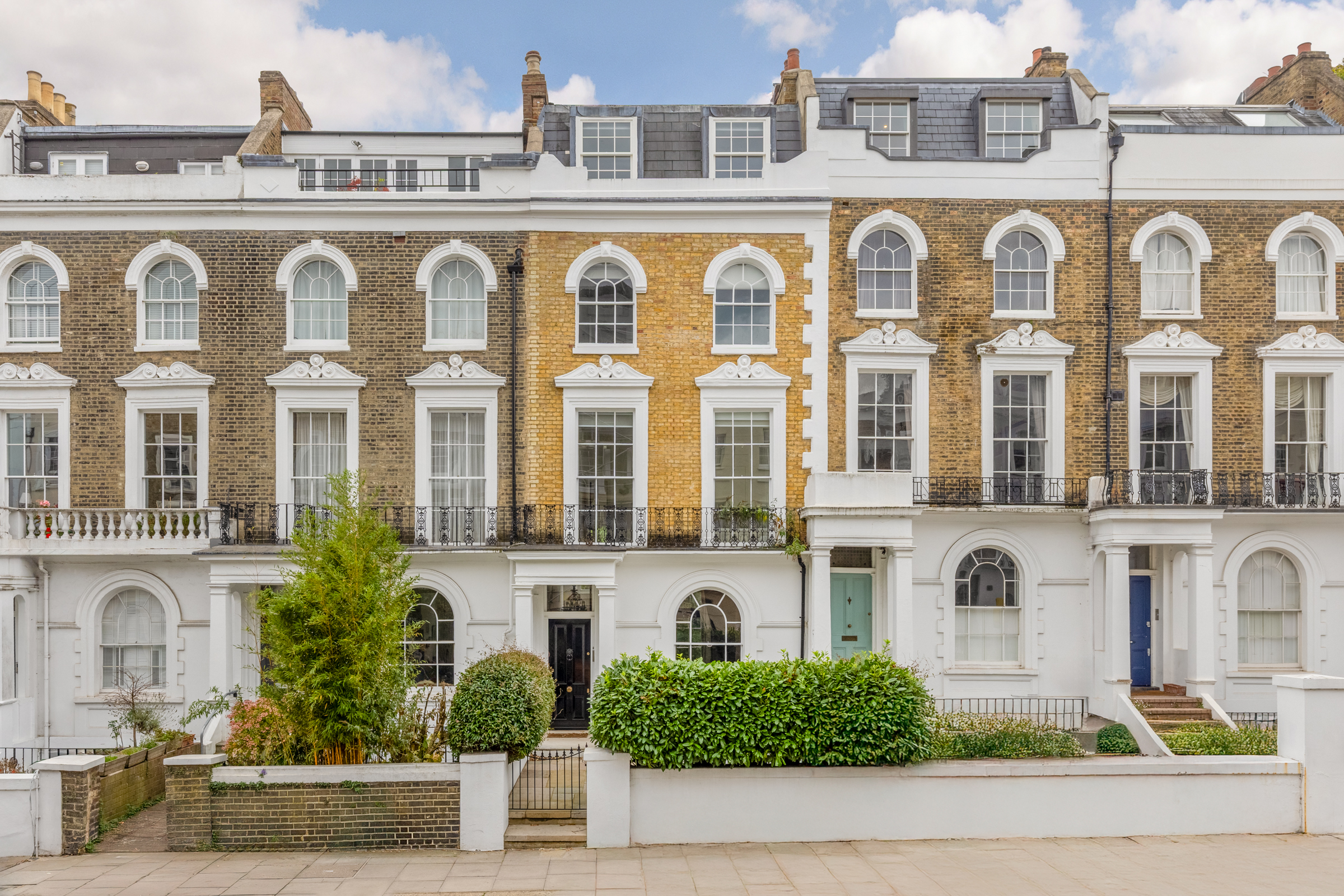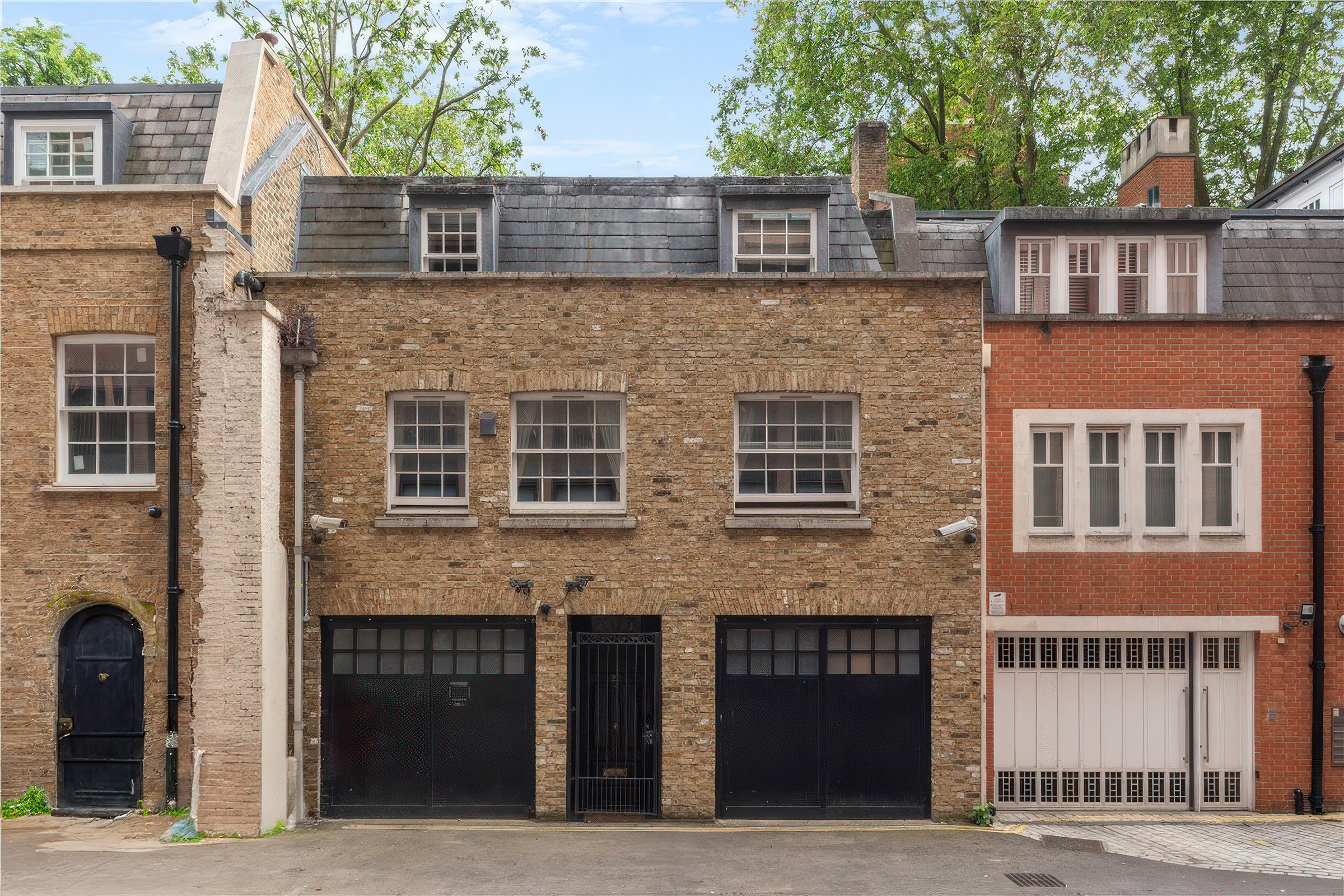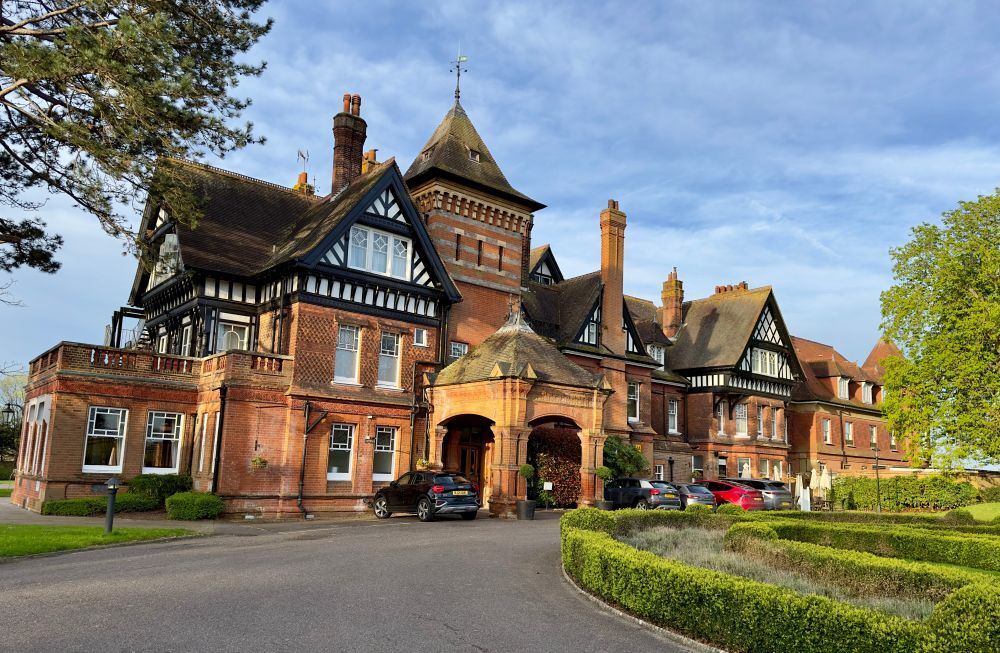A Guide to the Taxes Paid on UK Property Sales
There is so much to consider when selling a property in the UK that it can often be an overwhelming and stressful affair. Although one will undoubtedly benefit from the professional paid services of legal representation and sector-specific consultancy, it does always help to hold a fundamental knowledge and understanding of the entire journey. Chief among the landmark issues and challenges is the amount, complications and types of taxes involved in the entire process. Familiarising yourself with the whole tax landscape for property can become an essential tool in your kit for overall strategy, planning & compliance and ultimately achieving the highest returns.
Our guide to the tax implications of selling property in the UK is tailored towards those looking for a strong footing in discussions with a team of professionals that will be assisting them on their journey.

Capital Gains Tax
The core element of the property tax framework for sellers in the UK is Capital Gains Tax. This is a tax on the profit that one has made when selling an asset that has increased in value during time of ownership. It is important to note that it is the gain and not the total proceeds that is subject to tax.
CGT remains the principal tax liability for property sales and applies to:
- A Second Home or Pied-a-Terre
- Buy-to-Let Investment Property
- Inherited Properties
- Selected Trust or Company Structures that hold property
Allowable Deductions Involved in Capital Gains Tax
The calculation formula applied to Capital Gains Tax is not a simple process of ‘sale price minus purchase price’. It considers deductions from a variety of costs that may have been incurred from your own purchase of the property and improvements and maintenance during ownership. Once again, it is highly recommended that you employ comprehensive and thorough consultations with your property team for this issue, but some of the main deductions to consider will be:
- Acquisition Costs
- Stamp Duty Land Tax paid at the time of purchase
- Legal Fees involved for the initial property purchase
- Survey Costs at the time of initial property interest
- Disposal Costs
- Marketing Costs of introducing the property to the market for sale
- Legal Fees involve Real Estate Agency costs as the property is put through the sale journeyed for the property sale
Capital Improvements
These are the costs incurred by you as the owner that represent substantial improvements and add value as a consequence. Often, this will be through structural alterations and extensions that change the property during your ownership. The routine maintenance of a property with like-for-like replacements on heating systems or décor does not qualify as a deductible cost.
April 2025 Rates for Capital Gains Tax
The rates paid in Capital Gains Tax are linked to the property owner’s status as a taxpayer in the UK. Basic rate taxpayers are subject to an 18% tax on residential property gains, with the higher and additional rate taxpayers facing 24% on residential property gains – a drop from 28% that was in place until 2024. These changes also saw a new incentive of an additional £3000 annual exemption to offset against gain too.
Capital Gains Tax in Practice
It always helps to see how this process works in practice.
Let’s take a look at a sample scenario of a buy-to-let property acquired 20 years ago that is about to be sold in 2025.
2005 Purchase Price: £1,500,000
2025 Sale Price: £4,000,000
Combined Acquisition & Disposal Costs: £100,000
Capital Improvements: £200,000
Annual Allowance: £3,000
Total Deductibles: £1,803,000
Taxable Gain: £2,197,000
Capital Gains Tax: £527,280
This would mean that the taxable gain from a higher-rate taxpayer would be £2197,000, calculated at 24%. The resulting Capital Gains Tax bill from this scenario is therefore £527,280 in total.
Private Residence Relief
It is crucial to reiterate that if the property has been your only main residence – and you hold supporting documentation to illustrate this – then Capital Gains Tax does not apply. This is commonly known as Private Residence Relief. However, there may be complexities and restrictions involved if the property was let out or partly used for business. This can be a difficult area to navigate, where the property is a high-value home that includes extensive gardens, outbuildings & cottages or business use with studios and offices. In these cases, a proportion of the gain may fall outside Private Residence Relief, so it is always advised to be aware of these limitations in any initial discussions on sale with your team.
Non-UK Resident Implications
In 2015, it became necessary for non-residents of the UK to also pay Capital Gains Tax on residential property sales. As there will have been situations where the owner purchased the property decades earlier, it was decided that the gains on the property would be managed in one of three ways:
Rebasing: Instead of using the original property purchase price, a market value from April 2015 can be set in place.
Time Apportionment: The total gain of the entire ownership period is spread out, with only the post-2015 portion subject to tax.
Original Base Cost: Use the actual purchase price. This option is rarely chosen unless the property fell in value after 2015.
Special Considerations
Although this guide demonstrates how property taxation in the UK works within simple scenarios, there are a number of situations that may involve a combination with other taxes and fiscal responsibilities. Inheritance of property or complex ownerships through trust or corporations are good examples that can trigger additional rules, fees and responsibilities.
As the UK property tax landscape continues to evolve with legislation changes and developments, keen eyes must be kept upon it to protect one’s investment for the future. Although professional services are always advised and relied upon, it makes sense to be armed with up-to-date knowledge, news and details that may have an effect on the home that you and your family share, or the investments you have made. This way, you can approach the table for any sale with greater confidence and information to begin the sales conversation in full.
Discover: Luxury Properties for Sale in the UK
Park Lane, Mayfair
- 5
- 4
- 2,701 SQ.FT.
Eldon Road, Kensington
- 4
- 6
- 3,961 SQ.FT.
Belgravia, Chesham Street
- 3
- 3
- 1,539 SQ.FT.
Wyfold Road, Fulham
- 3
- 3
- 2,345 SQ.FT.
Lowndes Square, Belgravia
- 3
- 3
- 2,615 SQ.FT.
Albert Court, Knightsbridge
- 5
- 5
- 5,725 SQ.FT.
,
- 3
- 4
- 2,839 SQ.FT.
West Heath Road, Hampstead
- 5
- 5
- 5,691 SQ.FT.
Mayfair, Mayfair
- 4
- 5
- 5,050 SQ.FT.
Pavilion Road, Chelsea
- 4
- 3
- 2,422 SQ.FT.
